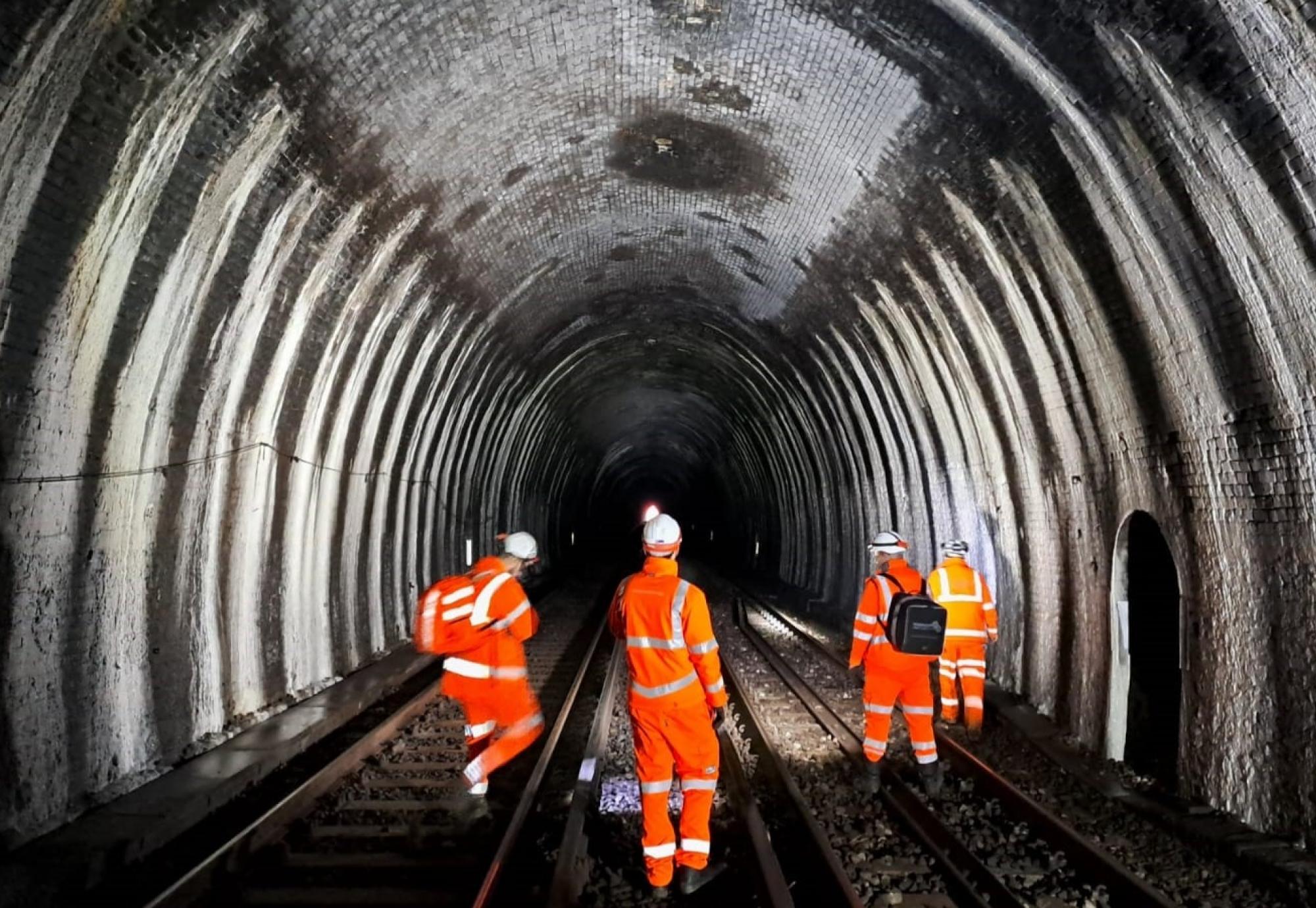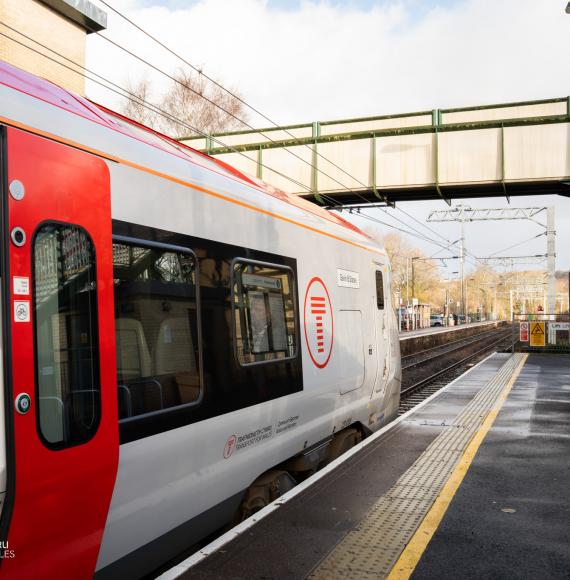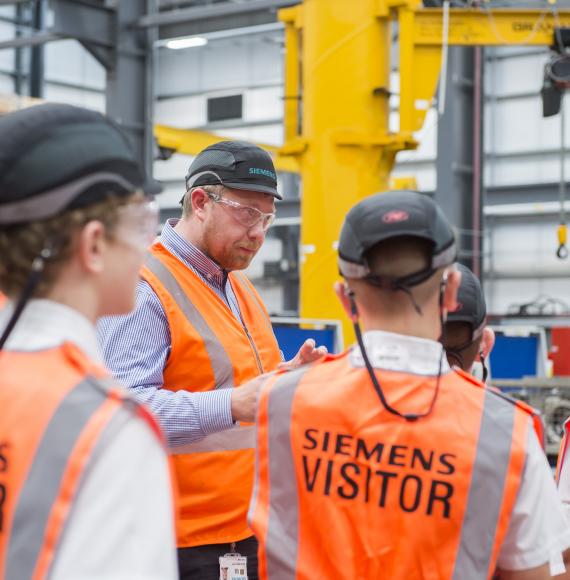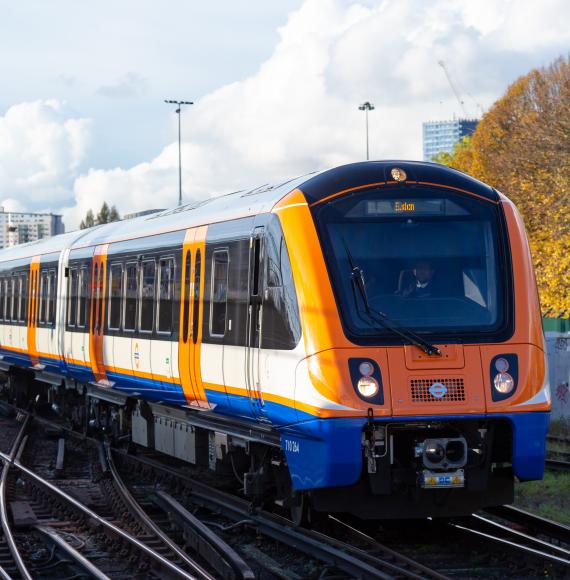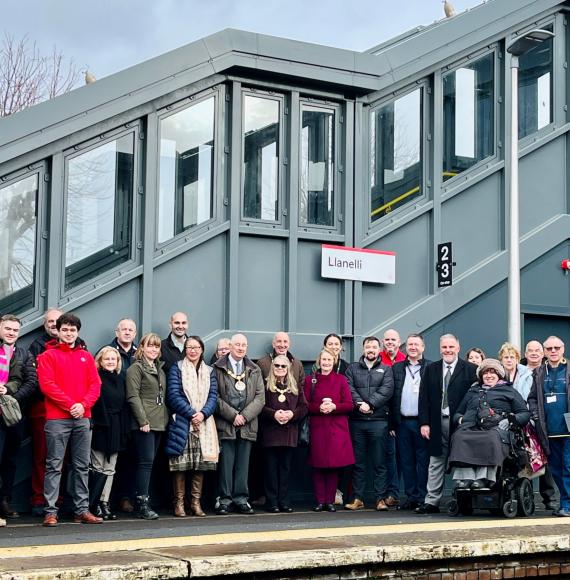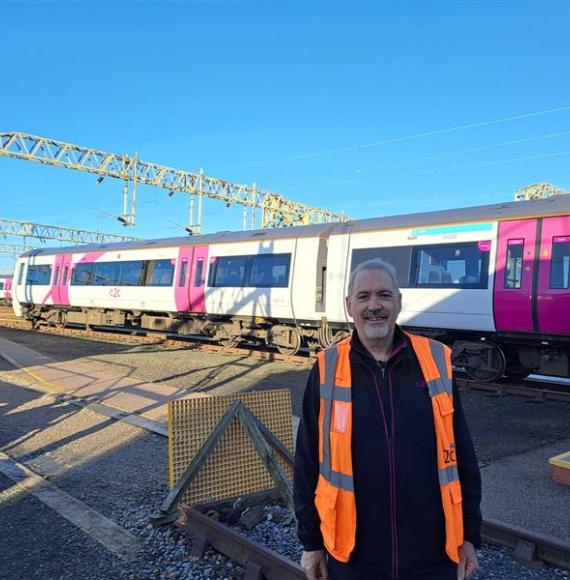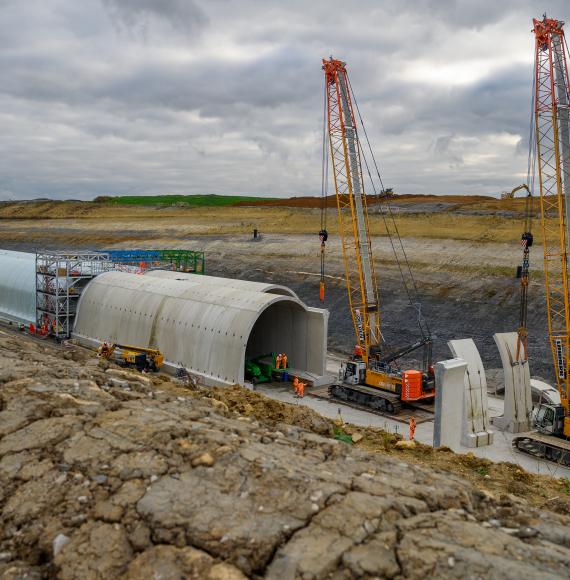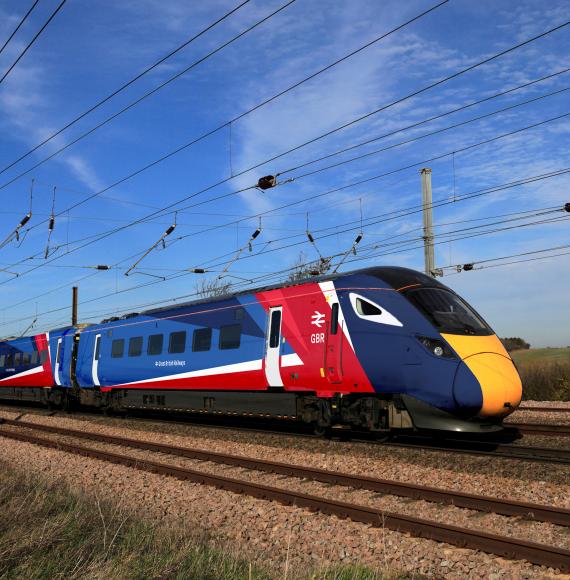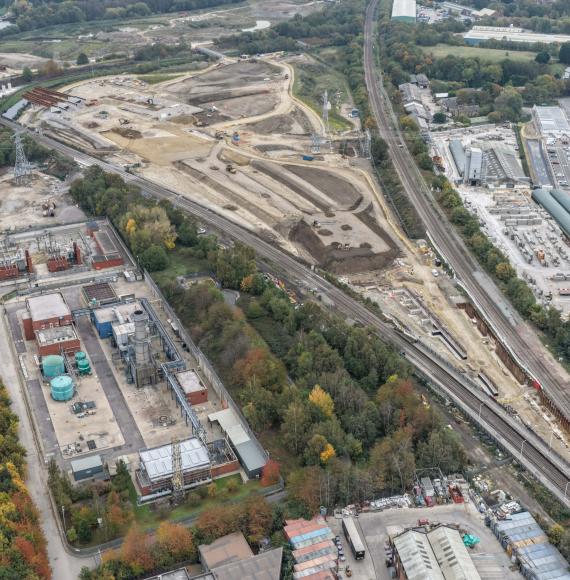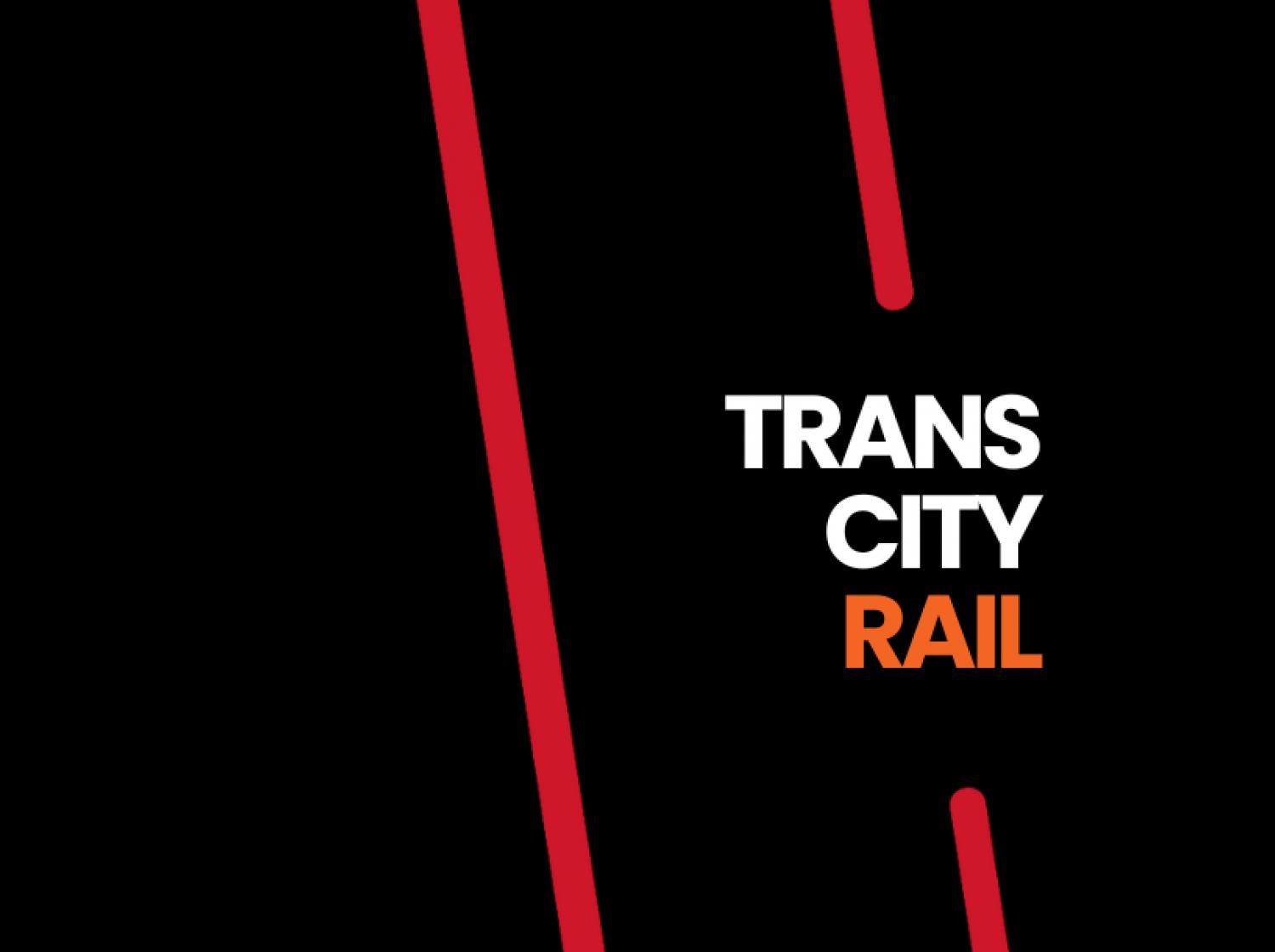South Eastern Railway has successfully wrapped up a 10-week programme of vital repairs to the iconic Blackheath tunnel, located between Charlton and Blackheath stations. This major upgrade is set to enhance both the reliability and safety of train services for passengers.
Starting today, services along the Woolwich and Bexleyheath routes will return to their regular timetable. Trains to Cannon Street will once again run via Charlton and Blackheath—restoring the route that had been temporarily diverted through Greenwich during the tunnel’s closure.
The 175-year-old Victorian tunnel has undergone a groundbreaking strengthening and waterproofing process—believed to be the first of its kind in the UK, and possibly even globally. Engineers used an innovative technique involving the injection of expansive grout into surrounding pockets of sand and gravel. This method compresses and binds the loose material, reinforcing the tunnel’s structural integrity.
To further protect the tunnel, an additional layer of grout was applied behind the tunnel lining to waterproof the most vulnerable sections. This will help preserve the brickwork, track, signalling systems, and other critical infrastructure for years to come.
The success of these pioneering techniques at Blackheath tunnel sets a new benchmark and will now be applied to other parts of the rail network.
David Davidson, chief operating officer for the South Eastern Railway, said: “Over the last 10-weeks we’ve completed a groundbreaking programme in the tunnel that will improve reliability by strengthening and waterproofing the structure to better protect the railway.
“Savings from this approach are estimated to be around £10 million and this can be reinvested across the network to deliver more improvements that will keep passengers moving.”
“Last summer our engineers cleaned soot from the tunnel lining, carried out detailed surveys and replaced thousands of bricks to stop water getting in. This year we’ve installed a new tunnel lining, rebuilt drainage systems and completed essential track work, including the removal of the waterlogged sections known as ‘wet beds’.
“I want to thank our customers for bearing with us while the tunnel was closed for this work to deliver better journeys.”
Engineering by numbers:
- 1,000 core holes drilled, stretching 900 metres – three times the height of The Shard or the length of Greenwich Park
- 4,000 injection tubes installed, totalling 13 kilometres – enough to reach from Blackheath tunnel to London Zoo
- 55 tonnes of grout used – equivalent to the volume of two swimming pools
- Tunnel monitoring system detects movement to 0.01 millimetres – less than the thickness of a human hair
- Peak workforce of over 100 people working day and night
Image & video credits: Network Rail

